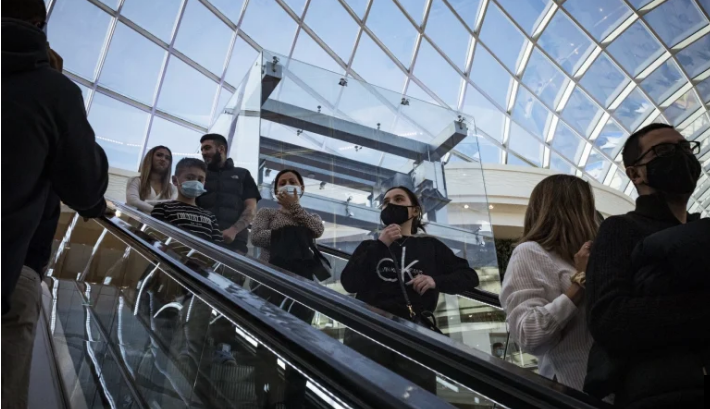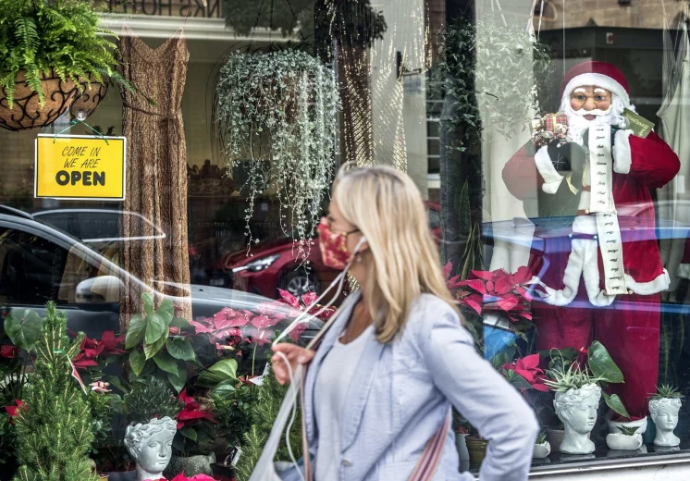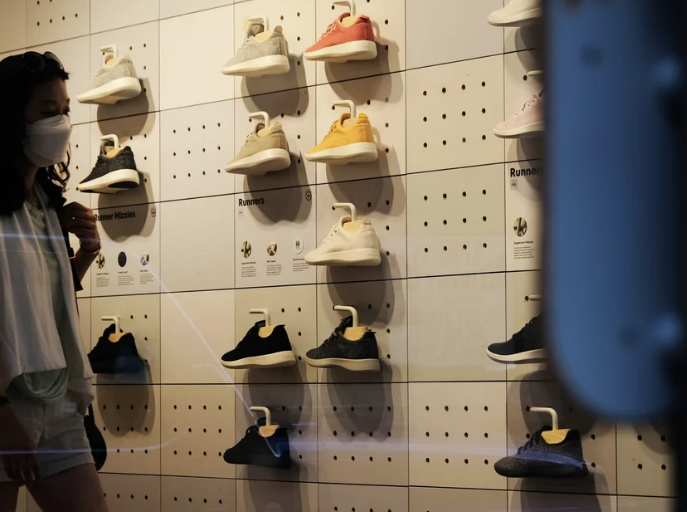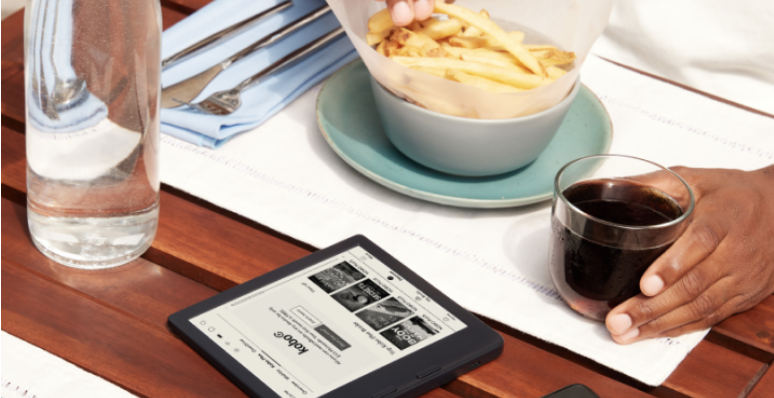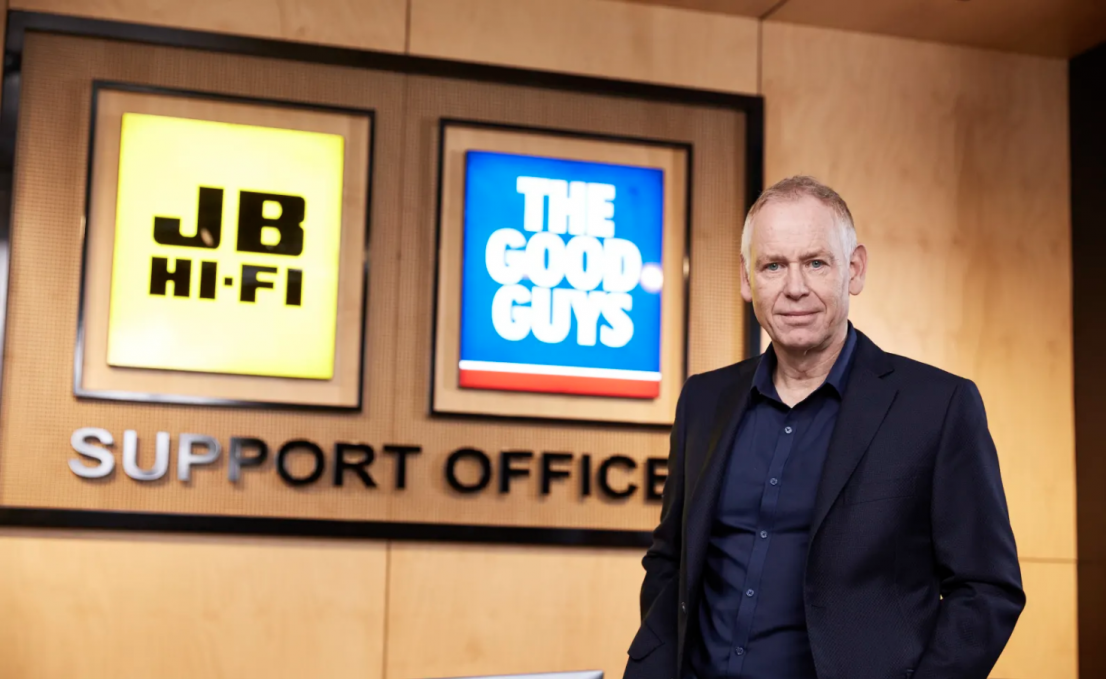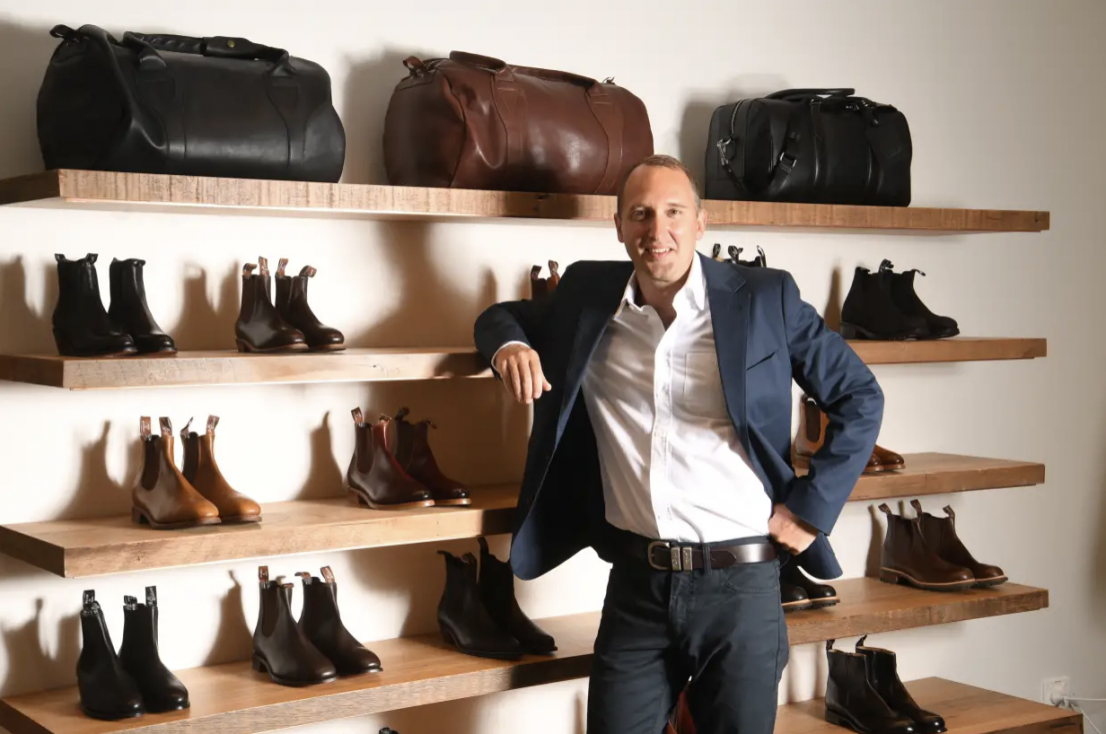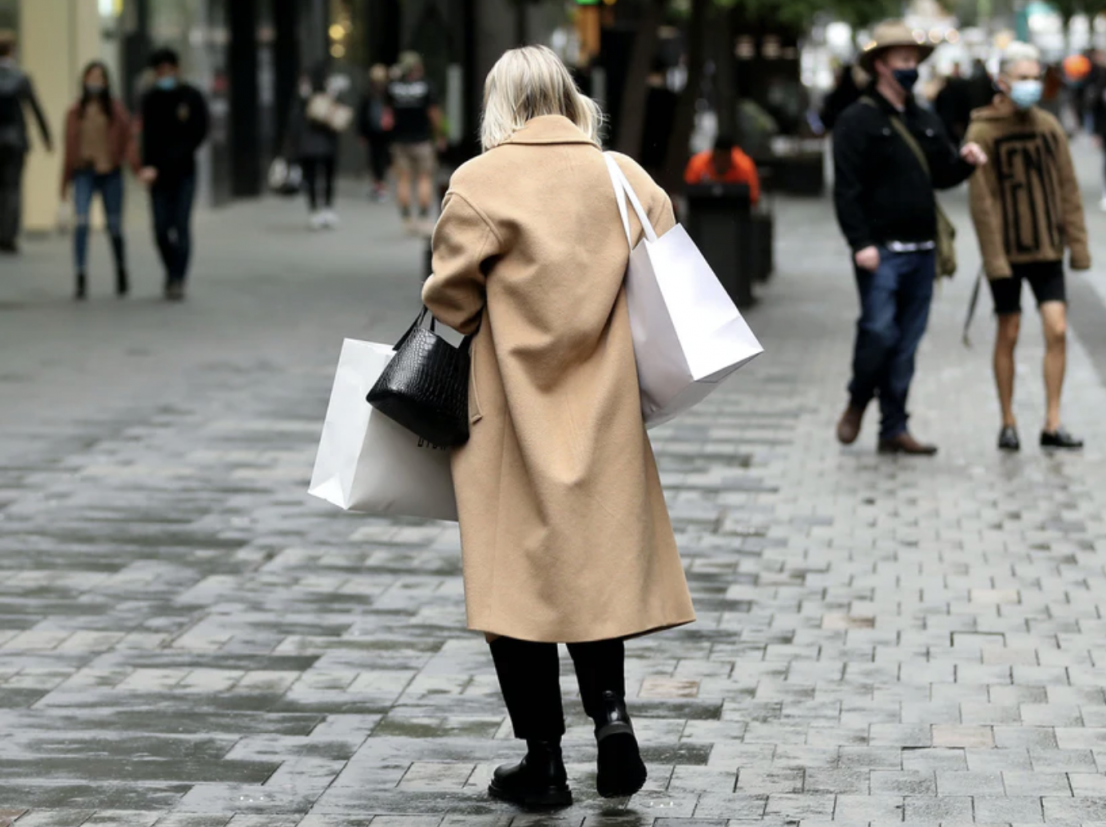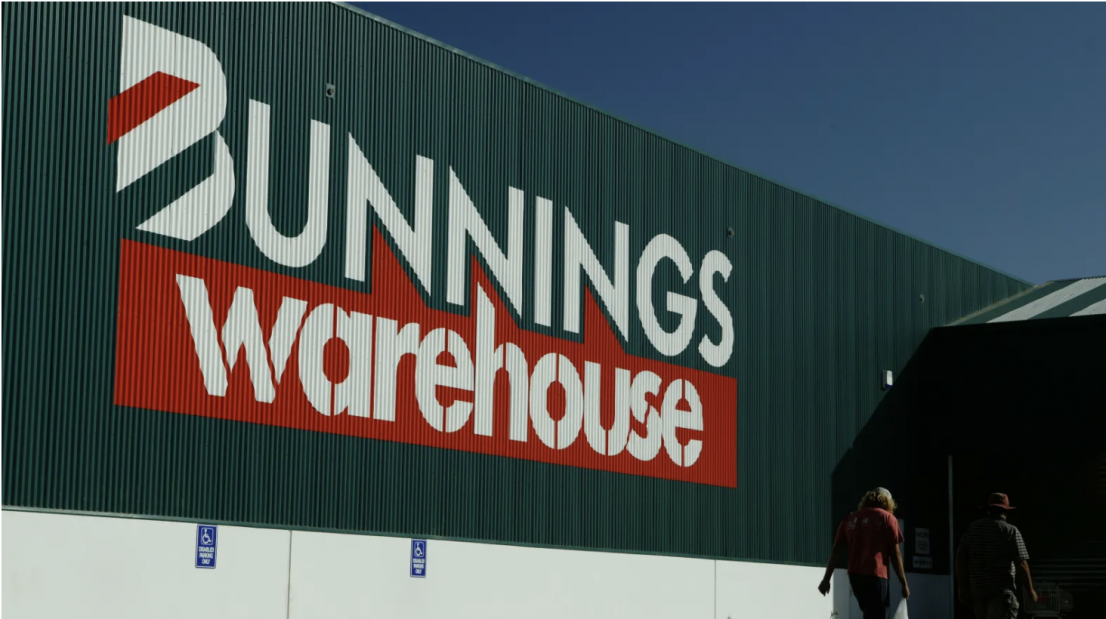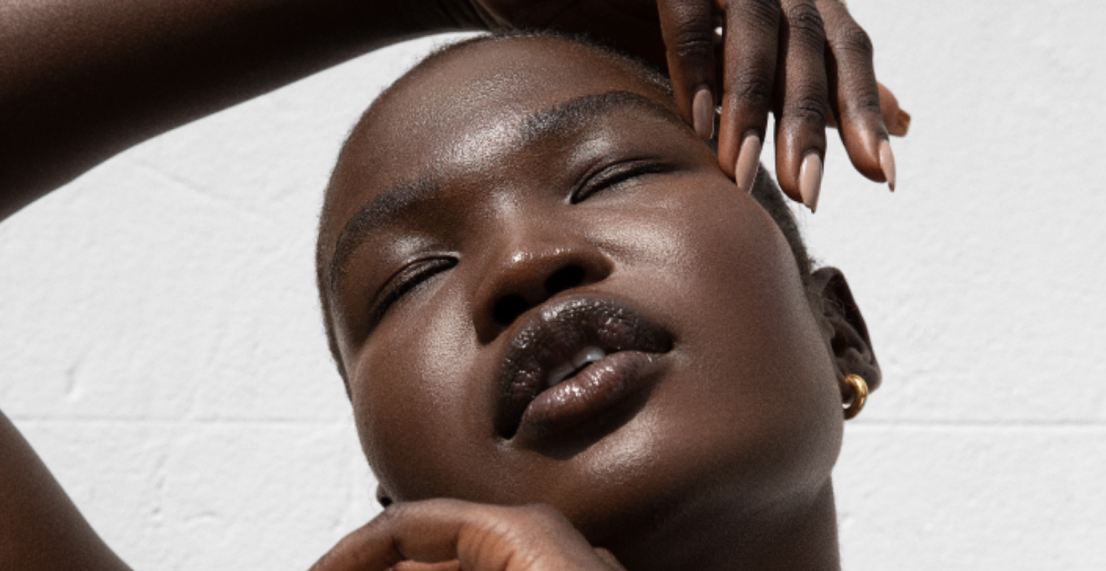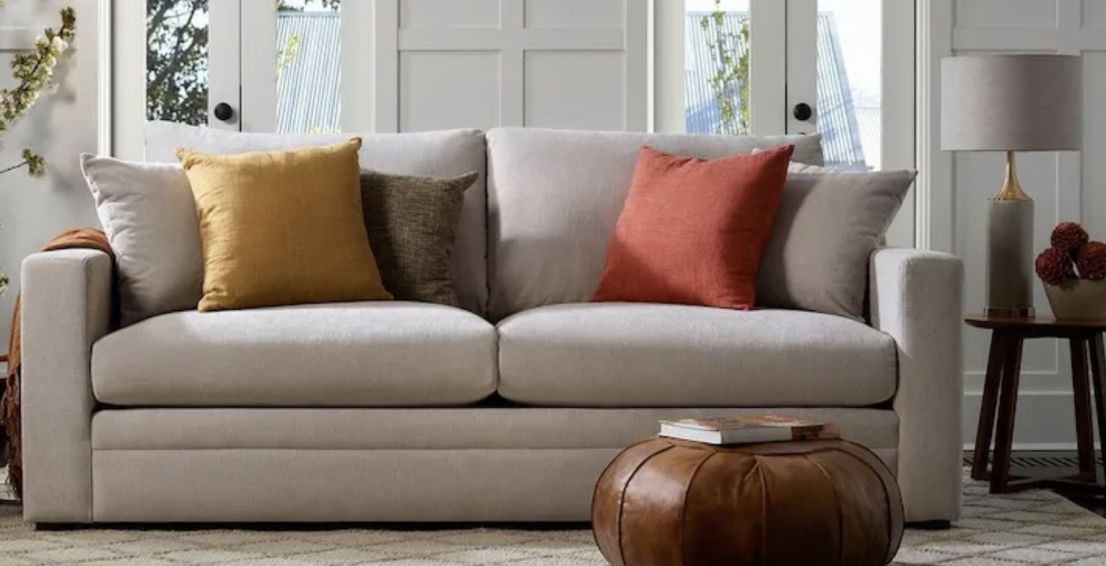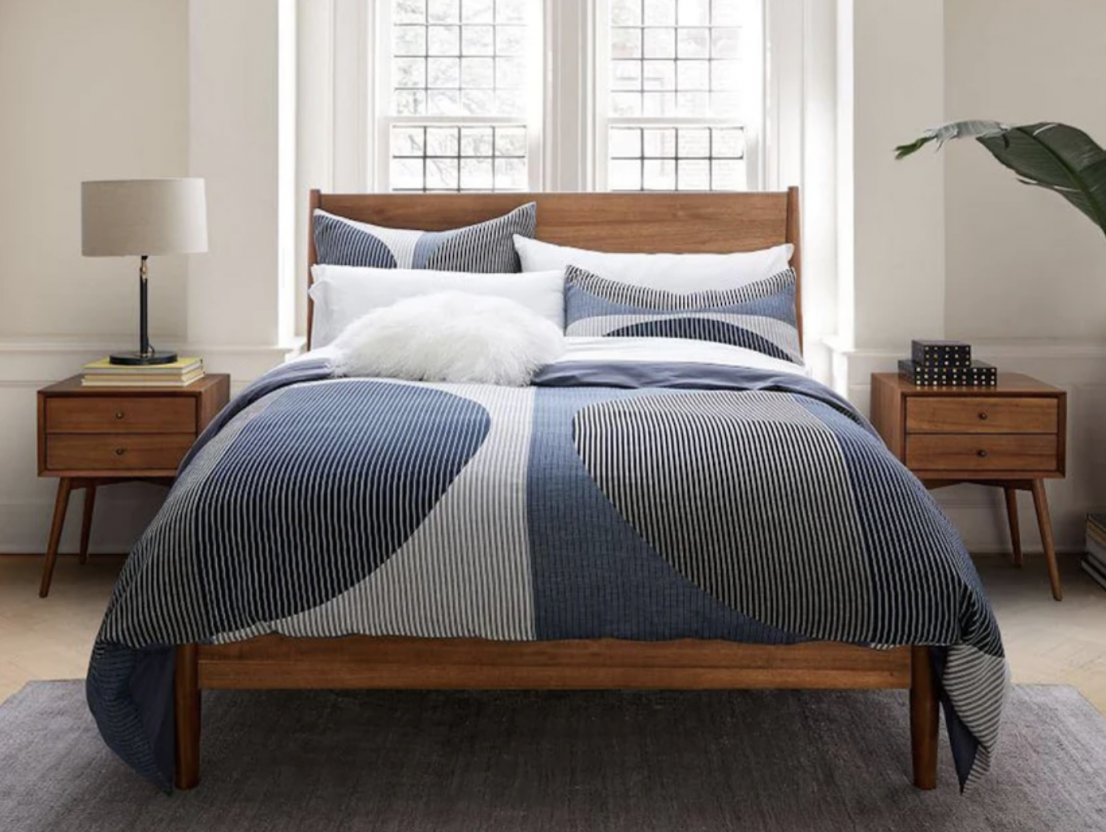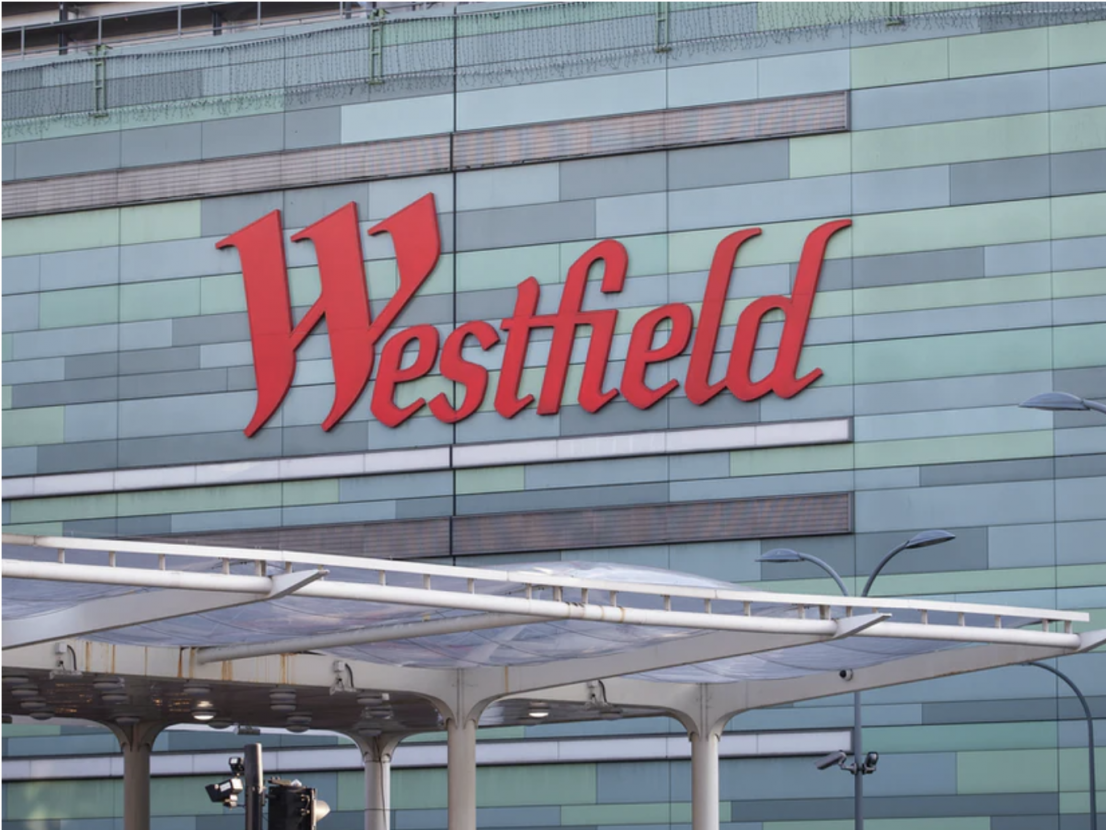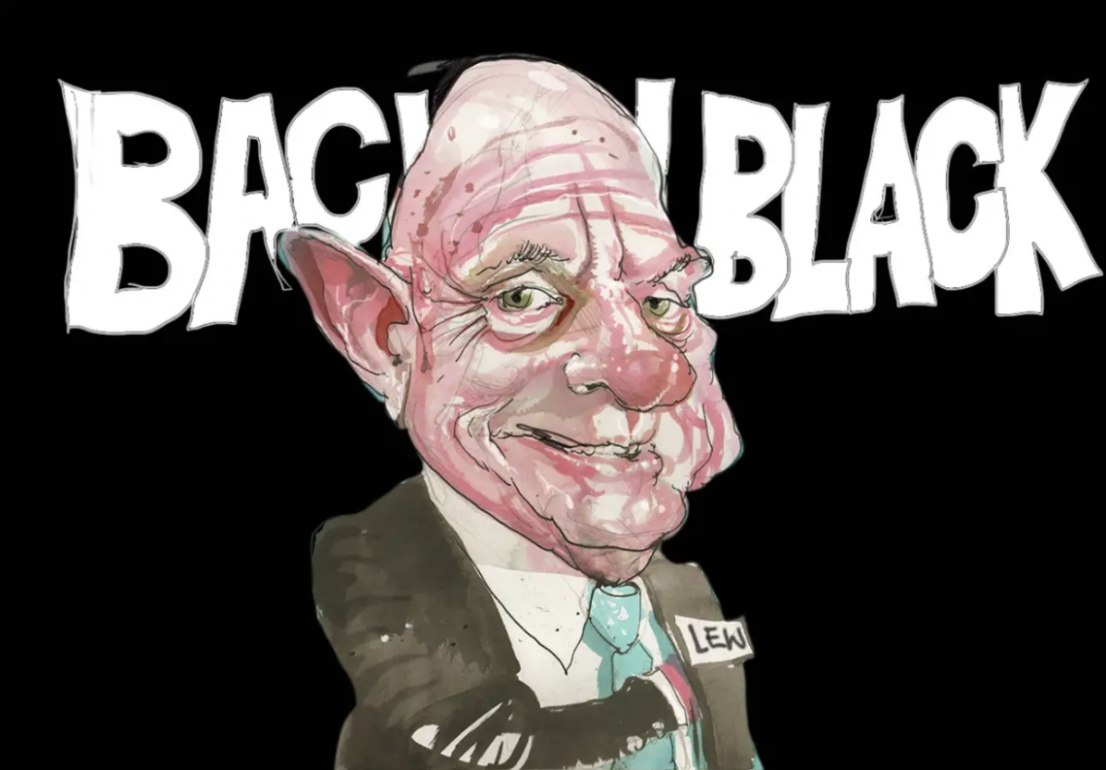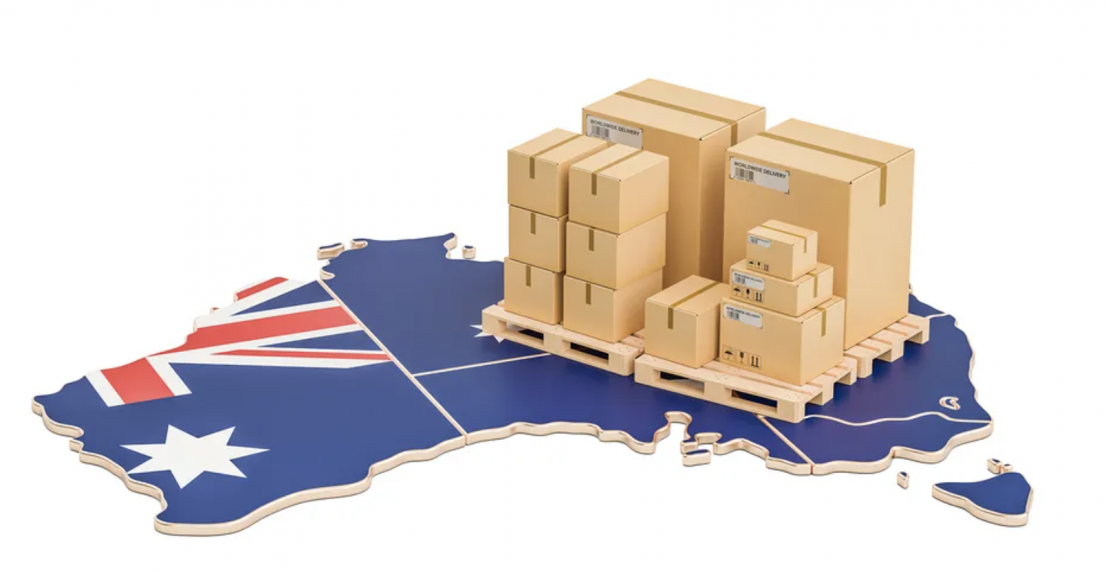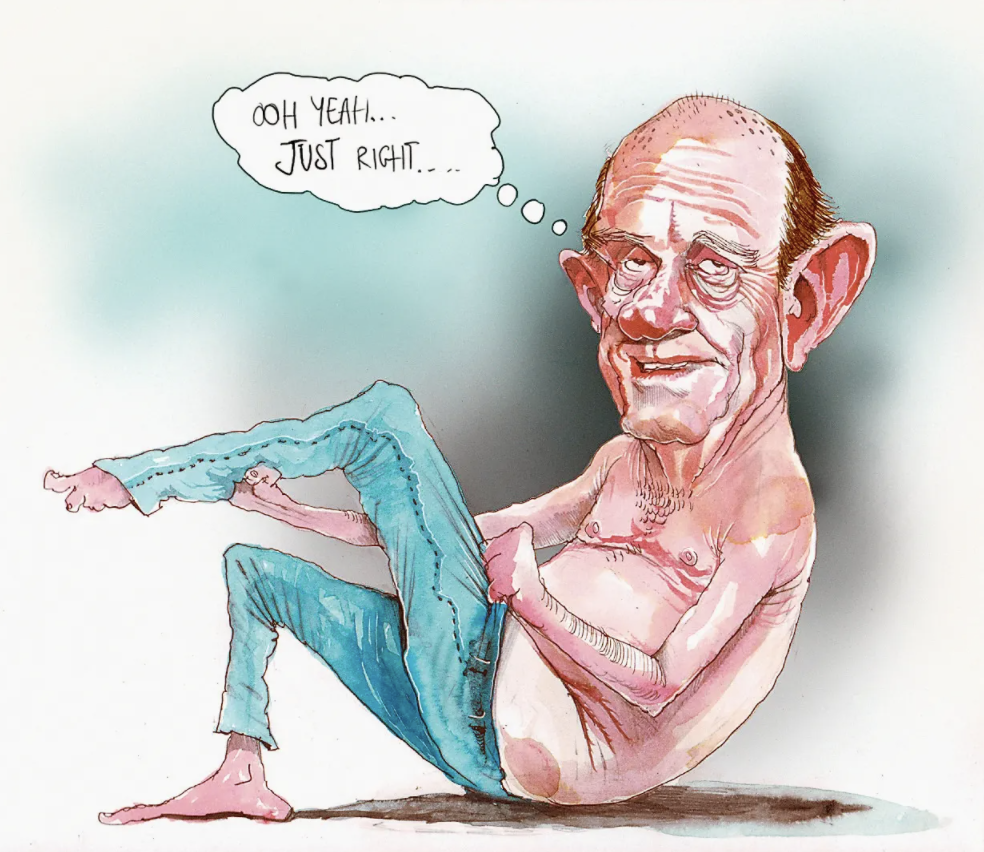
The better retailers around Australia can sense a massive spending change is coming. Airlines like Qantas are getting a similar whiff. Those Australians who have escaped the Covid-19 financial blows have been accumulating money and enjoying the house price boom. They are ready to spend, particularly as there are no returns from savings in the bank.
On the sharemarket this looming spending boost which extends to the US is helping lift share prices. But there are deep problems in China and the US bond market this week raised the warning flag — prepare for higher interest rates on the back of a boost to inflation. If the bond market warnings see bond rates rise further it means lower share and property prices.
I will discuss China and the bond warning below. First the spending boost.
As always, the retail beneficiaries of the hoarded cash (and borrowing capacity) will be those that catch the imagination of consumers. But not every retailer will fully tap the market because of three underlying hazards.
The pandemic has boosted online retailing beyond expectations but most retailers outsource their online distribution to Australia Post. Sadly, with the departure of Christine Holgate as CEO of Australia Post, the government owned enterprise now has serious delivery delay problems. It blames the quantity of goods but that was predictable. Australia Post now endangers the Christmas trade. Holgate is developing a rival parcel business by fixing the troubled former Toll operation, but that will take time.
An even bigger concern are events in China. Will China have the goods available to satisfy the Australian and international demand? And will Australians pay the much higher prices that are ahead? For those lucky enough to have a cash pile to spend, best do it now because prices are going to rise substantially and shortages are a clear risk. And those price rises and shortages will extend to food
Its important to understand the turmoil in China plus the inflationary pressures building up not just in China, but the US and Europe.
Let’s look at China through three prisms: Australians buying goods in China; Chinese citizens buying dwellings and finally via the vast numbers of Chinese who have been chasing yields by lending to Chinese property developers and second-grade financial institutions. Investors from around Asia and wider afield also chased those Chinese property developer yields.
When Australian retailers with good relations with their Chinese suppliers discuss what is taking place in China they are horrified. Energy costs have gone through the roof and there are often periodic power outages. Labour is in short supply, often because of Covid-19 restrictions. Raw materials are hard to come by and shipping costs have risen ten-fold. American demand is also gathering momentum and Americans have greater buying power than Australia. The Chinese may get their act together but, as it now stands, there will be shortages and much higher prices in coming months.
For a long time the Chinese dwelling market has been akin to Australia on steroids. Property development is around 30 per cent of the Chinese economy and provides the revenue base for local governments.
Speculators have made large sums buying off-the-plan apartments with small deposits and then on-selling. Prices have kept rising, making it harder and harder for younger Chinese to enter the dwelling market.
Suddenly the Chinese government has said it wants to reduce speculation and bring the prices back to more affordable levels. So far official values are stable but the amount of people buying apartments has been slashed and highly leveraged developers cannot find the money to complete their developments. The giant Evergrande developer is teetering on the brink of collapse and there are many more in the same position.
Unfinished apartments are selling at very low prices and the market is in considerable disarray. Markets have always assumed that China could not afford the economic dislocation that massive property developer crashes would create. But so far China has not undertaken widespread rescue operations — although it is likely, at the very least, that it will find a way to complete apartments for those Chinese residents who bought off the plan.
Given the importance of building construction in the Chinese economy, without a massive rescue, China is facing a downturn and this will impact the globe. In the past China has always pulled the rescue levers that it has available when construction looked like falling and it’s still possible that will happen.
If you are a punter and want 20-30 per cent theoretical yields then there are plenty of Chinese developers’ bonds available. But there are great fears that overseas investors in these virtually zombie companies will be left out in the cold in any rescue.
The impacts of these losses will spread around Asia and the rest of the world. In situations like this it usually takes time for the truth to come out but almost certainly there will be major groups that got caught.
The world prices of gas and oil are going through the roof. For a variety of reasons, including the availability of capital for carbon emitting industries, the world has substantially reduced exploration expenditure on oil and gas. There have been very few big oilfields discovered and, meanwhile, the large fields in the Middle East are headed towards a declining stage. Not surprisingly OPEC is reluctant to increase production too far because that hastens the reserves decline. Higher oil and gas prices are going to going to underpin inflation around the world.
Many in the sharemarket believe that while US inflation might be headed to the 6 per cent level it will be temporary because the supply chain problems in China, the oil price hikes and the shortage of skills in the US will be temporary.
I think that’s optimistic and the 10-year bond rate in the US, which fell to around 1.2 per cent some months ago, is now rising beyond the 1.5 cent benchmark — a clear danger sign because if that rate keeps advancing it will impact asset values around the world including property. Central banks are desperately trying to keep a lid on interest rates via low official rates and bond buying but the underlying trends we are seeing in the US, China, Europe and Australia are ominous. New Zealand has already faced reality and lifted official rates.
Here in Australia unions are becoming very aggressive and looking for big pay rises and/or substantial reductions in productivity via use of less casual labour.
Australian managers are not used to it and governments, particularly Labor state governments, will have great difficulty rejecting these claims.
If inflation does break out then and interest rates rise it will then it will substantially reduce consumer spending. The great fear among many economists is that we will then head to a period of inflation with stagnation: the 1970s “stagflation”.
In Australia we will need substantial rises in migration to avoid that taking place.
